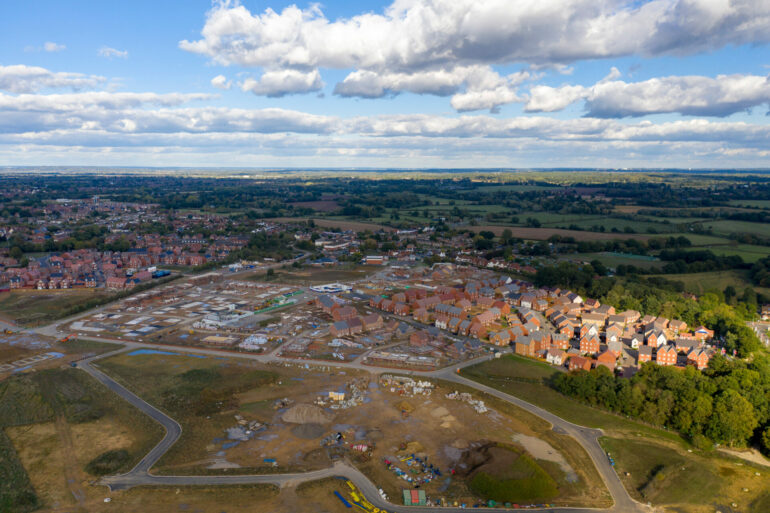More than a third (35%) of people would rather see an increase in the number of households recorded as homeless, instead of utilising the green belt to help address the housing crisis, according to research from Searchland.
Searchland surveyed more than 1,000 homeowners, and found that as many as 34% had an incorrect understanding of the term.
A quarter (26%) believed the term referred to the countryside as a whole, while others thought it referred specifically to meadows, woodland or agricultural land.
The green belt – an area of undeveloped land between towns and cities to prevent urban sprawl – covers an estimated 1.637m hectares across England alone, equating to around 13% of the nation’s total land area.
In contrast, just 9% of the nation’s land area is classified as ‘built up’.
Despite this, 45% of those surveyed by Searchland believed that developed land covered a larger area.
Just 18% were aware that there are many wrongly classified areas of green belt land, with just 24% supporting housebuilding on this type of land.
However, 70% were aware that there are areas of this land that have been used for housing supply already.
Across the UK, there are 271,000 households currently recorded as homeless, but 35% of homeowners would rather see this number increase to avoid building on the green belt.
65% were open to the idea of utilising a tiny proportion of it to help address the current housing crisis.
Mitchell Fasanya, co-founder and CEO of Searchland, said: “Green belt building is a very contentious issue and one that often gets overlooked by the government due to the pressure brought by NIMBYism.
“But to think that 35% of homeowners would rather see an increase in the number of households recorded as homeless in order to avoid green belt building is simply shocking, to say the least.
“However, it’s clear here that the real issue we’re facing is a lack of understanding around just what green belt building entails and this is no doubt the reason why it faces such a high level of objection.”
He added: “This is one of the biggest obstacles facing developers today when considering the green belt and it’s important that we put as much resource into educating local communities as we do with the other areas of housing development.”



